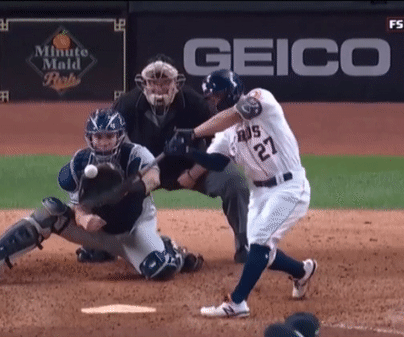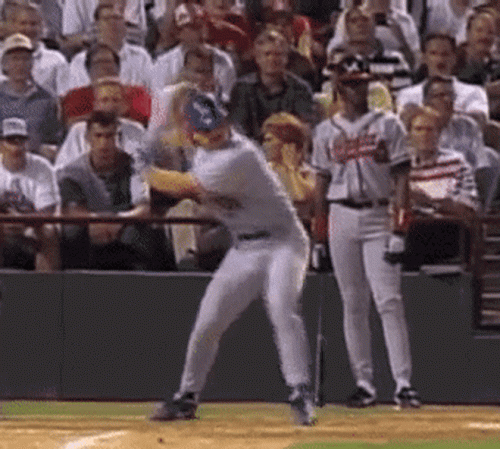A great line told to me today was, "Finding your deceleration tells you where you accelerate." It is attributed to Tony Baldwin of U of Georgia.
As much as we want engine, we need brakes just as much. Otherwise it's just drag.
Funny just recently learned that someone is teaching deceleration as backwards chaining, in order to teach when to accelerate.
I’ve also taught a follow through point to end, in order to stop a never ending follow through.





 but it shows the difference between the models....... The hips driving the swing and the torso along for the ride with zero resistance. Compared to a swing with the middle as the driver with good resistance.
but it shows the difference between the models....... The hips driving the swing and the torso along for the ride with zero resistance. Compared to a swing with the middle as the driver with good resistance.